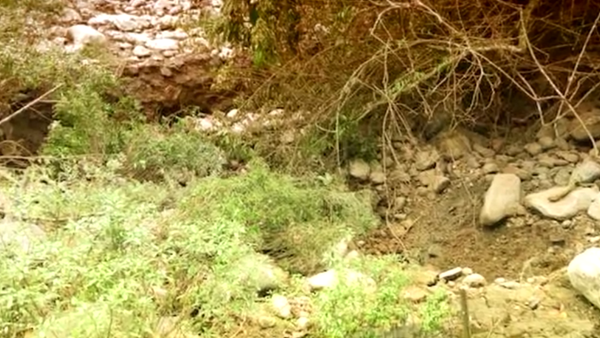“On Monday we saw that the water had disappeared and went to see what was happening. When we reached the riverbank we saw a large hole there that was blocking the river,” Juana Sánchez, a woman who lives nearby, told the Spanish news agency EFE.
The provincial authorities said that the hole was 30 meters long and 20 meters wide.
“These cracks appear deep inside the Earth’s crust and keep getting wider and wider,” the local environmental services said in a report.
Llaman a "salvar" el río Atoyac. Agustín Mollinedo dijo que aún se conserva el nacimiento https://t.co/Vkinen4dg2 pic.twitter.com/J5CdTkDGZG
— El Universal (@El_Universal_Mx) 3 марта 2016 г.
The hole in the ground that crosses the riverbed appeared three kilometers away from the estuary of the Atoyak River, which is the source of the fresh water supply for over 10,000 families and sugar industries in the region.
“Trying to find out what happened we moved downstream and found a huge hole the water was falling into,” Juana Sánchez said.
Agustin Mollinedo, a membner of the Atoyak Municipality, called on the people to make every effort to save the river.
@El_Universal_Mx el de el estado de Oaxaca o a que río se refieren?
— Delfino Calvo (@CalvoDelfino) 3 марта 2016 г.
The Atoyac flows into the Rio Verde which empties into the Pacific near Laguna Chacahua, in Lagunas de Chacahua National park, 90 kilometers west of Puerto Escondido.



